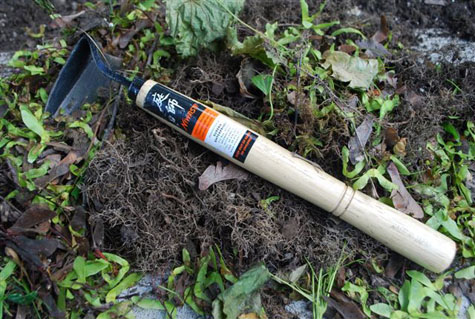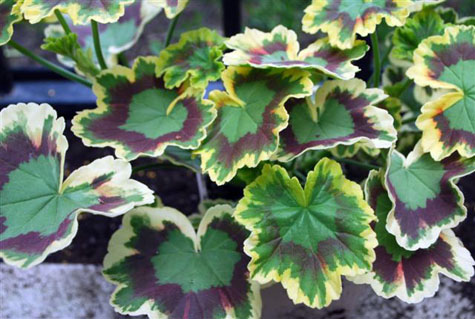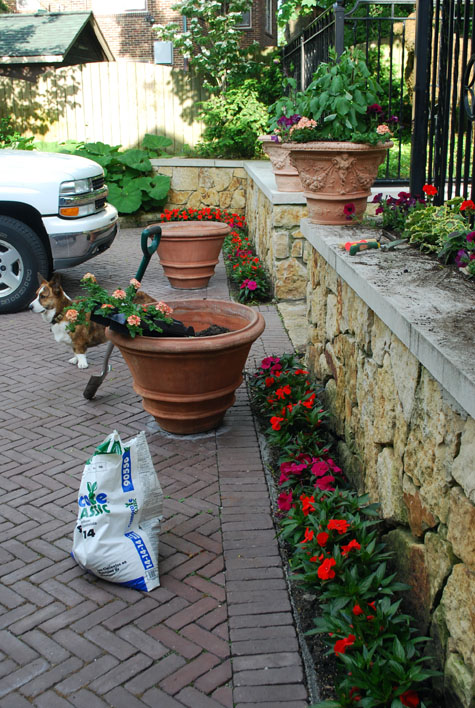
My exasperation with UPS shipping regulations partially fueled my decision to make garden ornament. They have a 105 inch rule: the length of a box, plus the diameter of its width, cannot exceed 105 inches. What vine trellis is tall enough at 105 inches? What plant stake is tall enough? Anything bigger has to be shipped motor freight, at much greater expense. The other part of my decision was feeling like the design of such structures was not the best-could a tuteur not be beautiful with nothing on it? Or holiday lights on it for the winter? Why are all plant supports invariably straight sided? Most of the plants I think need support are small coming out of the ground, and floppy at the top. Why are plant stakes only 4 feet tall, with no length to put below ground for stability? 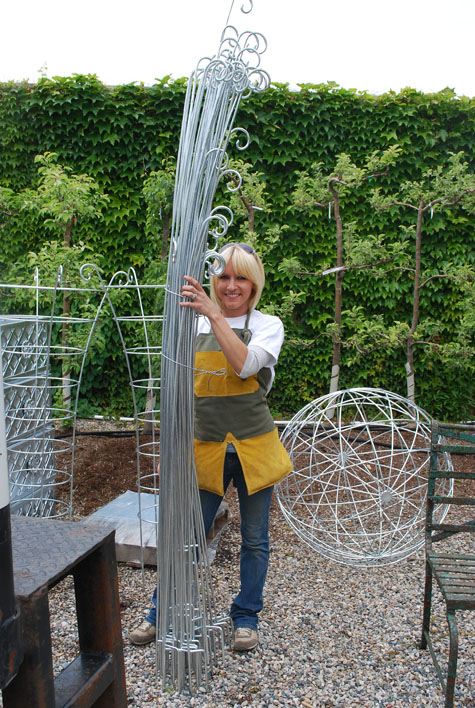
Why are they straight poles-with no arc that mimics the natural growth of a plant? A pole in the ground twists with the wind; why don’t plant stakes have prongs at the bottom?
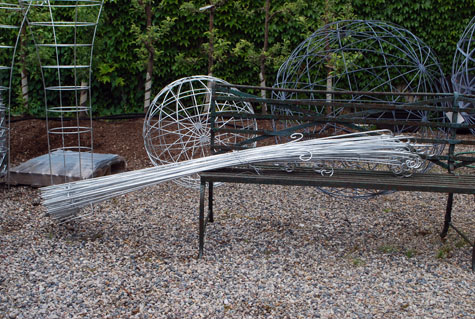 Why do plant stakes come to a point that could poke you, if you aren’t watching what you are doing? Why aren’t the tuteurs beautiful shapes??�
Why do plant stakes come to a point that could poke you, if you aren’t watching what you are doing? Why aren’t the tuteurs beautiful shapes??�
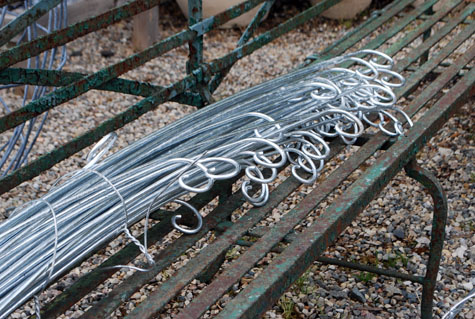
Some clematis grow to 10 feet,others much taller. Peonies need a different size suport system than a cherry tomato. Asparagus in my garden needs three rings, not two. My local clients, not needing UPS shipping, get properly scaled plant climbers and towers that fit their plants. And tuteurs that I think are beautiful and sculptural in their own right. �
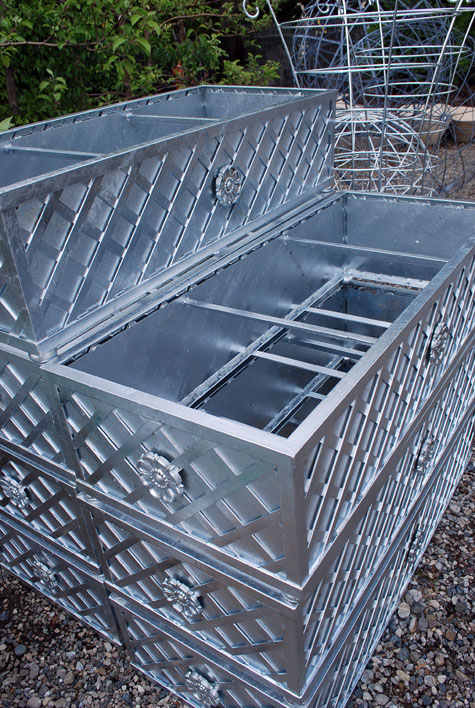
Rectangular boxes can be a perfect shape for certain locations. But ready made ones are always too long, or too short, or too tall, or too low. Designing ornament allows me to have control over that oft forgotten landscape element with regard to a specific space or garden.
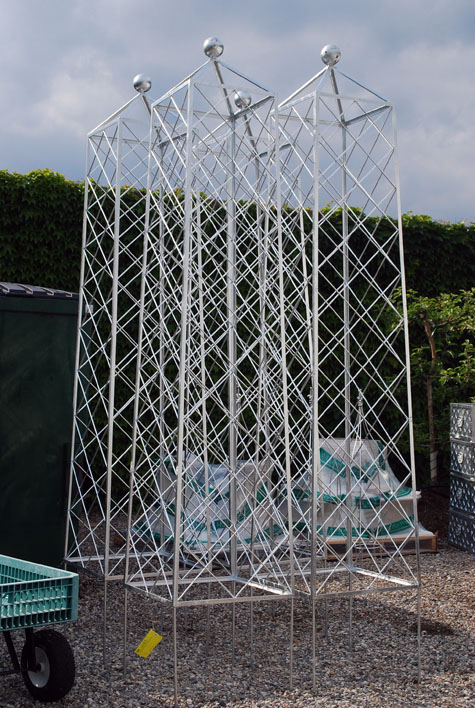
Steel and weather makes for a bad mix-unless you have a penchant for rust. A case in point, the Mackinac Bridge which spans the Upper and Lower Peninsula of Michigan , is perpetually being painted. Every day, every year. The paint is a rust inhibitor, not a rust proofing. Rust can weaken steel-not a good thing for a bridge 5 miles long. The worst effects of rust in a garden is stains on your khakis, or your limestone caps. So our first step towards a virtually maintenance free finish on steel is to haul our things to a galvanizing plant. Each item is attached with hooks to a rack; this assembly is then lowered into a bath of molten zinc. Thus the term “hot dip ” galvanizing.
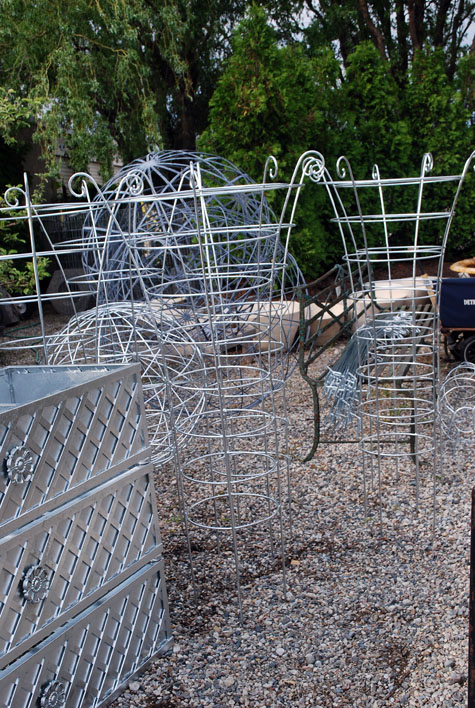
The galvanizing is protection only insofar at the item is completely immersed, so it coats every surface entirely. We have our tricks for spot finishing those areas that sometimes get left uncoated. This is the stage that gleams bright, and looks brand spanking new. Our final coat involves acid; this treatment turns the silver to a streaky black-gray color, very reminiscent of lead. This color helps fit the object into the landscape-as if it had always been there.�


